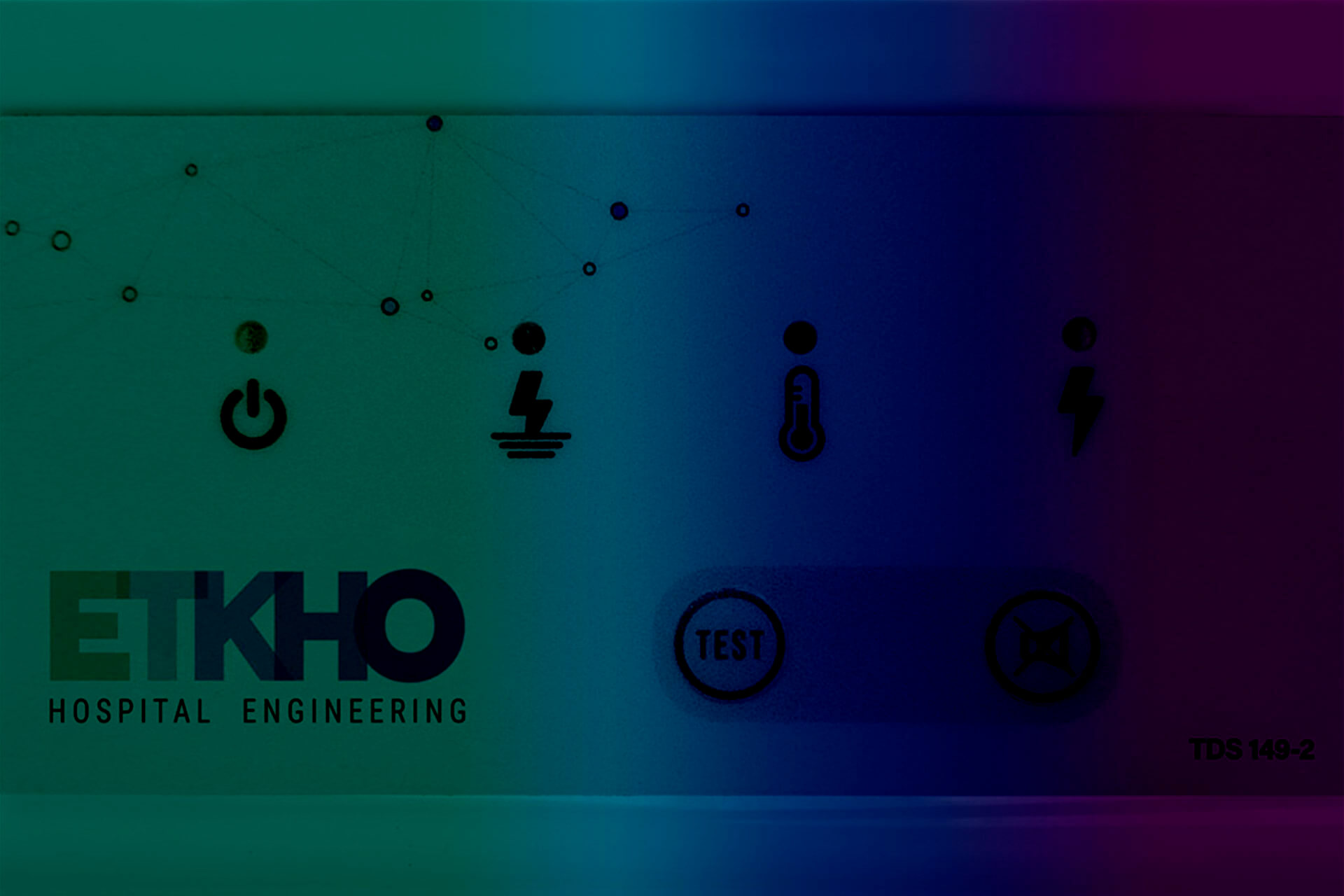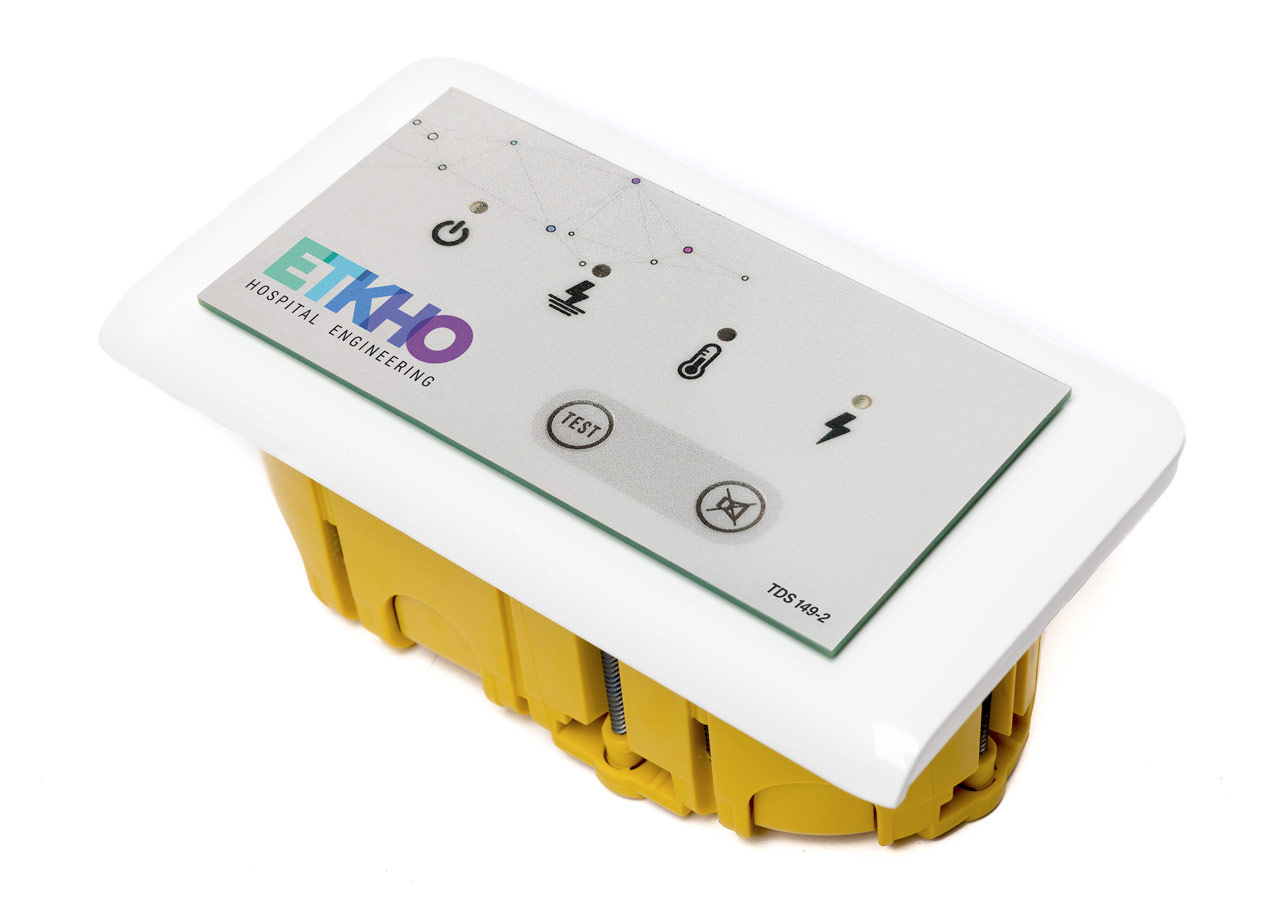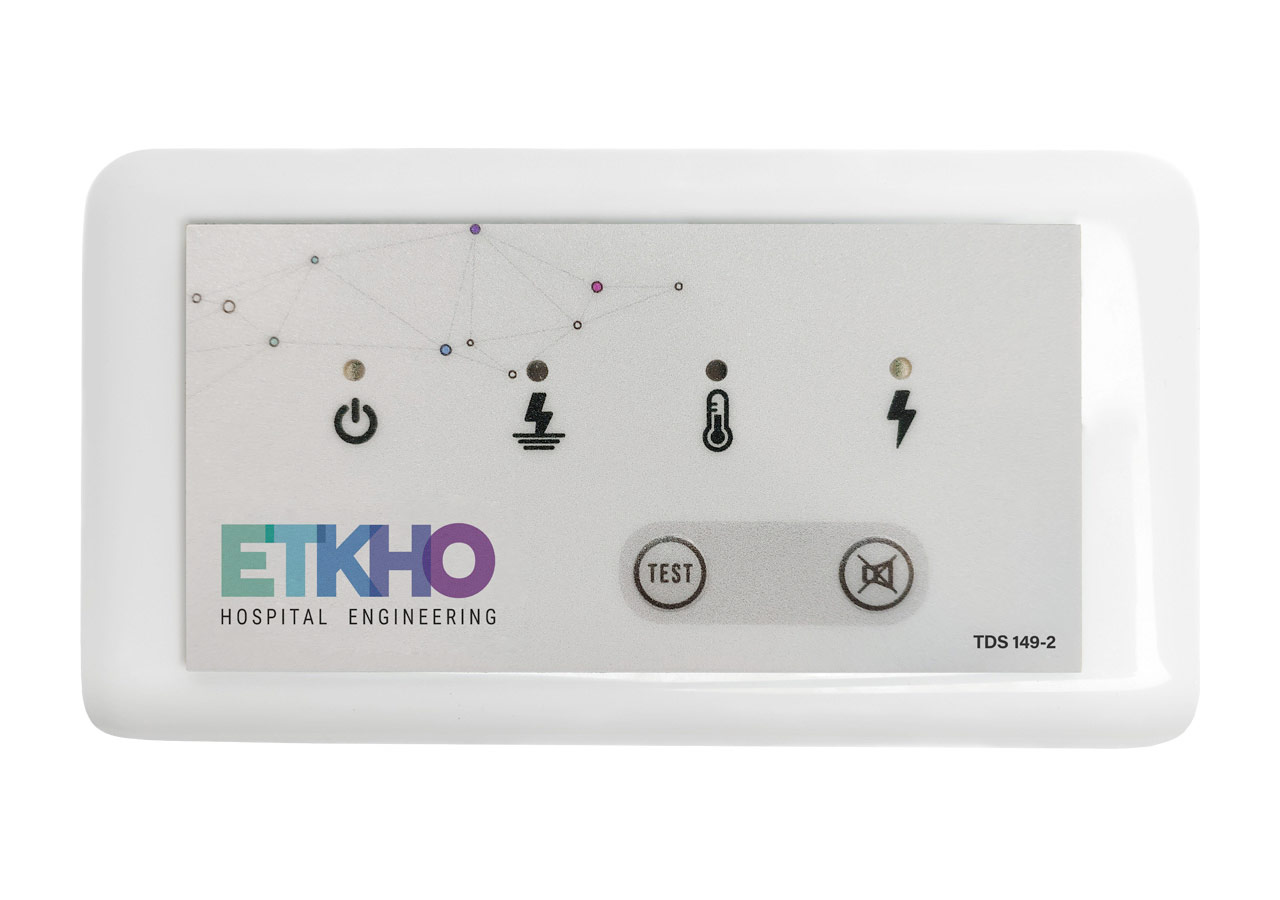Alarm repeaters are a key element for the proper functioning of hospitals.
When there is a risky situation, or a technical failure, either inside the operating room or in other rooms within hospitals, an alarm is activated to warn the medical staff. The device that allows alerting of this circumstance is what we know as an alarm repeater. And its optimal management, especially in critical areas, is a matter that must be taken very seriously within health centers.

Alarm repeaters: what are they?
Current alarm repeaters, in addition to their basic and logical use, which is to ‘snitch’ about an error or possible problem situation, have evolved to help medical personnel act. And it is that health workers have often considered this alarm as a necessary ‘nuisance’, seeing its required maintenance as a nuisance.
The fact is that, with some frequency, medical personnel have not known how to act in the face of these alarms. Or they simply did not know the risk situation that was taking place, especially in the alarms related to electrical safety.
“Alarm repeaters not only provide additional information to medical personnel, but indicate what to do at all times to remedy the situation, or who to call. “
With them, touch screens also stand out on technical panels, for example in operating rooms, which allows the graphic display of the alarm with icons and colors.
In this regard, ETKHO’s alarm repeaters and isolated electrical systems allow rapid problem detection, keeping systems in operation beyond simple faults and allowing them to be resolved in the best and most expeditious way possible. In the case of alarm repeaters, we talk about a wide range of alarms about transformer overload and temperature, low or high voltage, etc.

The perfect companion
Within the automatic switching system that we find in the electrical structures of hospitals, the alarm repeaters form a perfect combination with the medical isolation guards. This device continuously monitors the insulation resistance of medical IT systems.
What the repeater does in these cases is to issue an alarm in the event of a value drop / fault. It should be remembered that, to obtain the measure by which the alarm system will be governed, the watchdog is connected between the IT system and the grounding conductor (PE). Therefore, they are pillars of the optimal operation of the electrical network in hospital areas, especially when faults may arise. And it is that, in the last two decades, the continuity of the service in low voltage electrical installations has become something fundamental, in this case in the sanitary field.
“Minimizing the problems arising from electrical failures, and alerting them to rectify them, is crucial.”
In this regard, the insulation monitors are those relays that monitor the insulation resistance in IT systems, as well as the leakage or differential current, both in grounded systems such as TB and TT. This is equivalent to that the alarms of the insulation monitors are those that allow knowing the status of the equipment before any ground fault occurs.
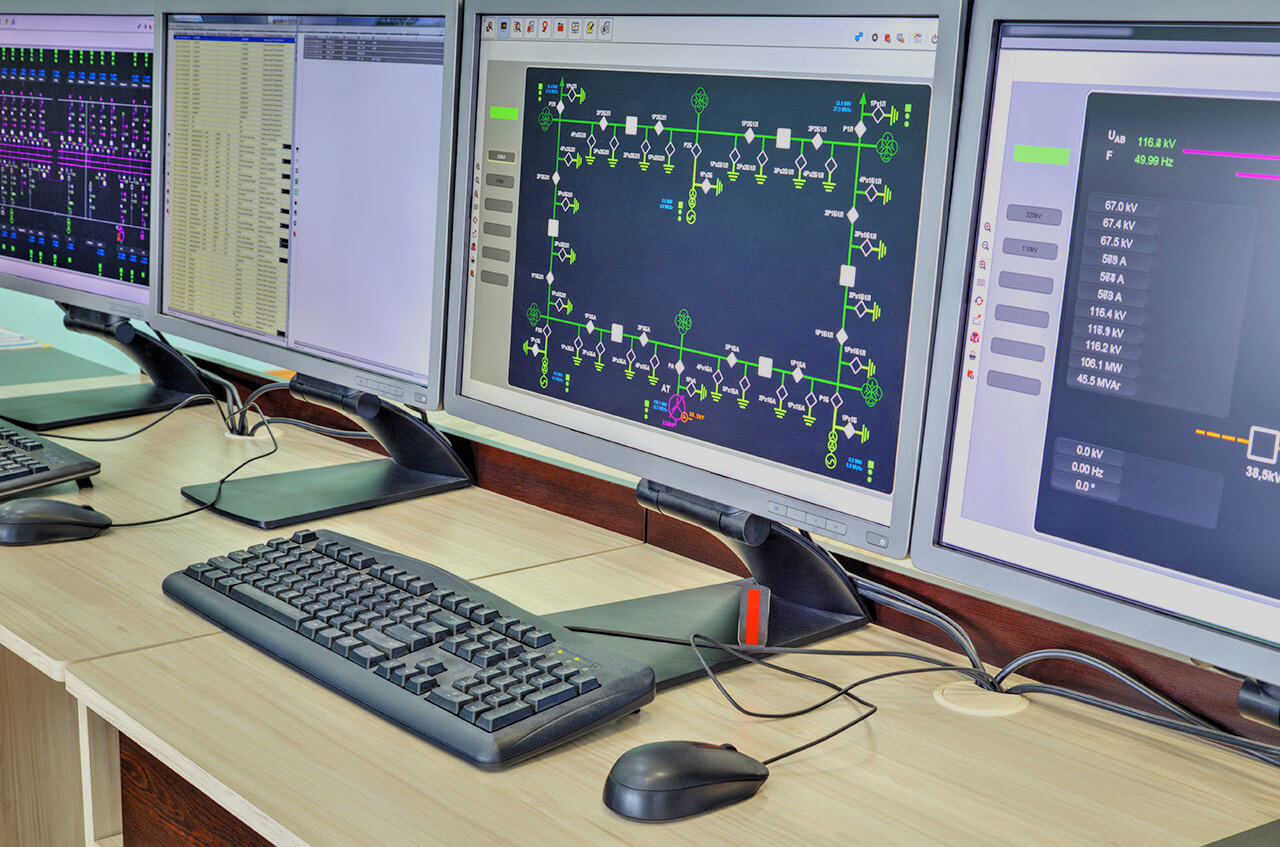
Common features
At present, the main alarm repeaters that are marketed and that can be found in health centers, especially the most cutting-edge or those that are committed to innovation and investment, share several of the following characteristics:
- Programmable display for custom alarms
- Connection via two wires to save time and costs
- Easy front cleaning
- Easy communication through the interface
- Warnings and messages of medical gases according to the most relevant standards
- Test screen for various IT systems
- Visualization of the messages of the UPS systems
- Individual texts
- Visualization of EDS systems messages
- Simple multiple display
- Duct mount, wall mount and / or flush mount
- Clear indication of insulation resistance value and load current
Typical applications
Typical applications for alarm repeaters are:
- Intensive care units with multiple IT and EDS systems
- Operating rooms
- Alarm in the insulation guards
A practical example
To better understand its operation and how the alarm repeater works in practice, we explain below in a simple way how it works and what service it performs:
- When a failure is detected in a medical equipment, this device emits an audible signal and alerts the equipment and medical personnel, providing additional information through a screen / display, the text of which can indicate what the problem is and the protocol to act upon. For example, showing which extension to call to fix it, what to do, etc.
- That is why the alarm repeater must have a record accessible through its own keyboard and display, which allows you to see what happened, when and how often.
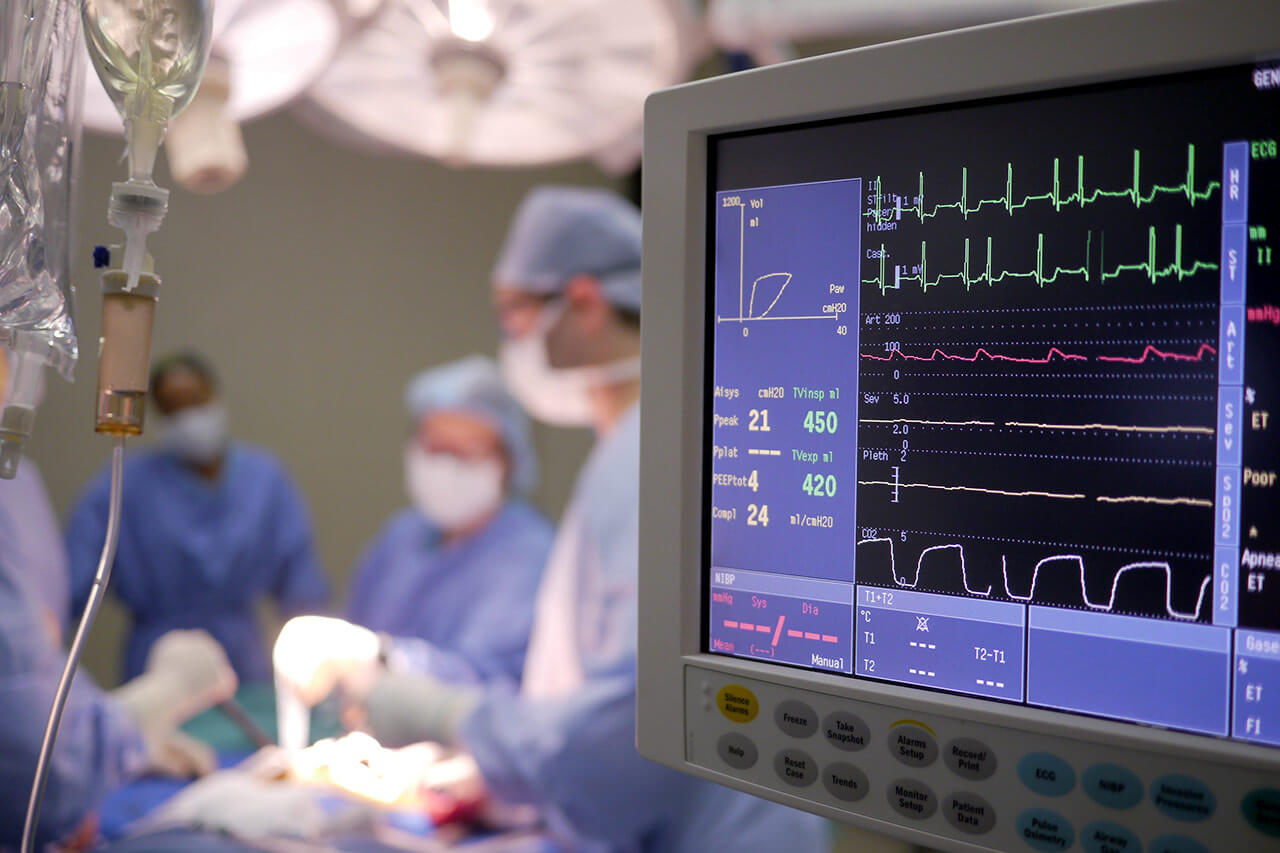
ETKHO snooze systems
The purpose of the TDS 149-2 Alarm Repeater is to repeat the alarms detected in the isolation monitor ES 1000, for the clinical staff of the medical premises, controlled by the isolation monitor.
- Includes visual and acoustic alarm signal, with inhibition button, for the acoustic signal
- The equipment includes a test and verification button for the insulation monitor.
- There can be up to 32 repeaters connected to the same insulation monitor.
- The repeater includes an RS485 port, with which it communicates with an ES1000 and up to 30 repeaters.


